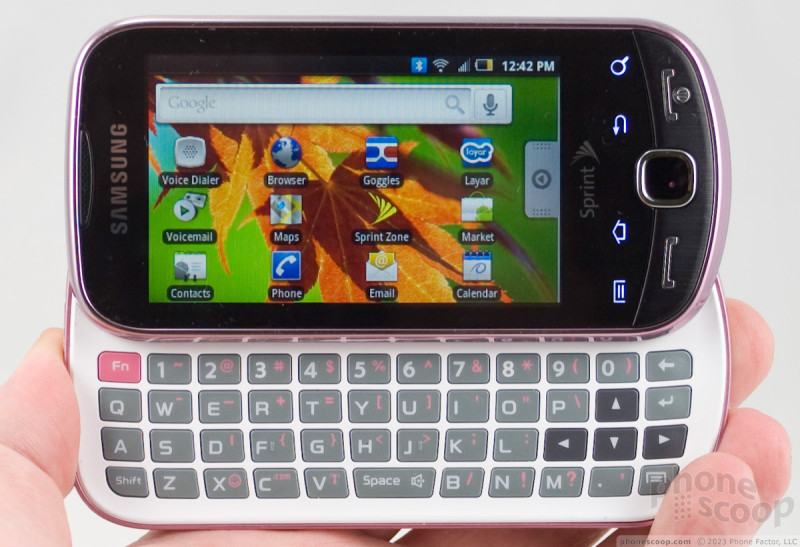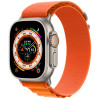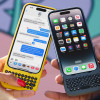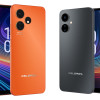Review: Samsung Intercept
The Samsung Intercept is not a tiny phone. It's not as small as the HTC Aria or the Xperia X10 Mini. But it is much more compact than the Samsung Moment, which felt large in the hand, and it's even more slight than the HTC MyTouch 3G Slide on T-Mobile. The phone is slightly rounded at the corners, and even curvaceous. While some HTC Android phones have a protruding chin that flexes in towards your mouth, the Samsung Intercept flares out in the opposite direction. Instead of Jay Leno, you get a badonkadonk. It's not unappealing, and the slight lift in the rear keeps the speaker from pressing against a flat surface and getting muffled.
Samsung provided me with a pink loaner. I always prefer a colorful loaner, and I'm not averse to carrying a pink phone. The Intercept is a nice pink. It's subdued, not loud Paris Hilton pink. There's a tattoo-like etching on the back of the phone. The design is pleasant without going out on a limb. Bland, but likeable nonetheless.
The phone has a nice keyboard, though in the days I spent with the unit, I couldn't get used to the unusual layout. The keys are flat and nicely textured. I like the white backsplash for the keyboard, with light grey keys on top. But the layout is skewed to the left. The "Q" and "A" keys line up, but the arrows butt into the keyboard on the right side, pushing most letters left of center. Plus, the space bar breaks up the bottom row, and the function key seems out of place in the upper left. There are just lots of little oddities that add up to an experience that will require some practice.
On the left side of the phone you'll find a large rocker switch for the volume, as well as a microSD card port. On the right side is a two-stage camera button. The headphone jack is also on the right. I prefer a top-mounted jack to keep headphones from poking me, but I'm happy enough to find a standard port. On top of the phone is a microUSB port.
On the face of the phone, beneath the touchscreen, you'll find four touch buttons and two bona fide hardware buttons. The touch buttons are Android standards: Menu, Home, Back and Search. I'm not a fan of touch buttons, and the buttons on the Intercept gave me plenty of trouble. I was happy to find real Send and End keys, a growing rarity on touchscreen phones. It's always nicer hanging up with a real button, rather than a screen tap.










 iPhone 14 Plus Offers a Big Screen For Less
iPhone 14 Plus Offers a Big Screen For Less
 Apple Watch Goes Ultra
Apple Watch Goes Ultra
 New Case Adds Keyboard to iPhone Pro
New Case Adds Keyboard to iPhone Pro
 Boost Updates its Celero Phones for 2024
Boost Updates its Celero Phones for 2024
 Arm Announces Most Efficient Processors Cores for Phones to Date
Arm Announces Most Efficient Processors Cores for Phones to Date
 Samsung Intercept
Samsung Intercept


